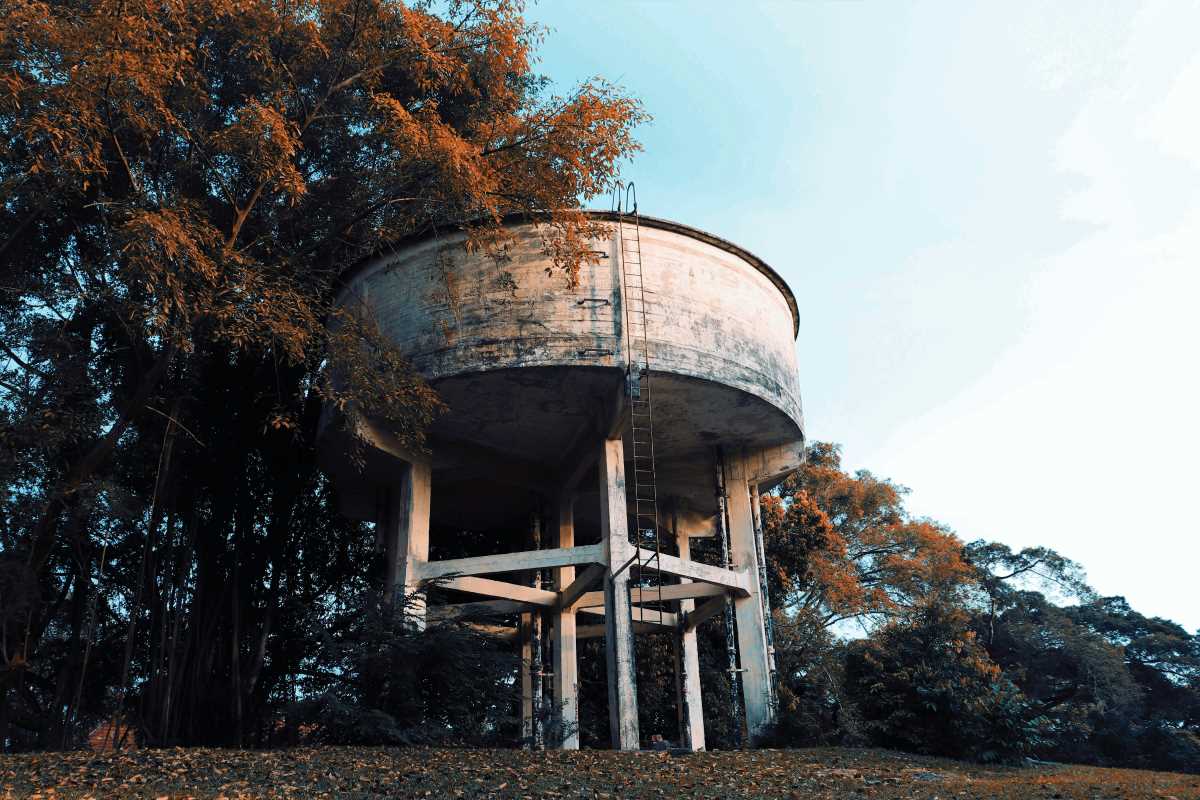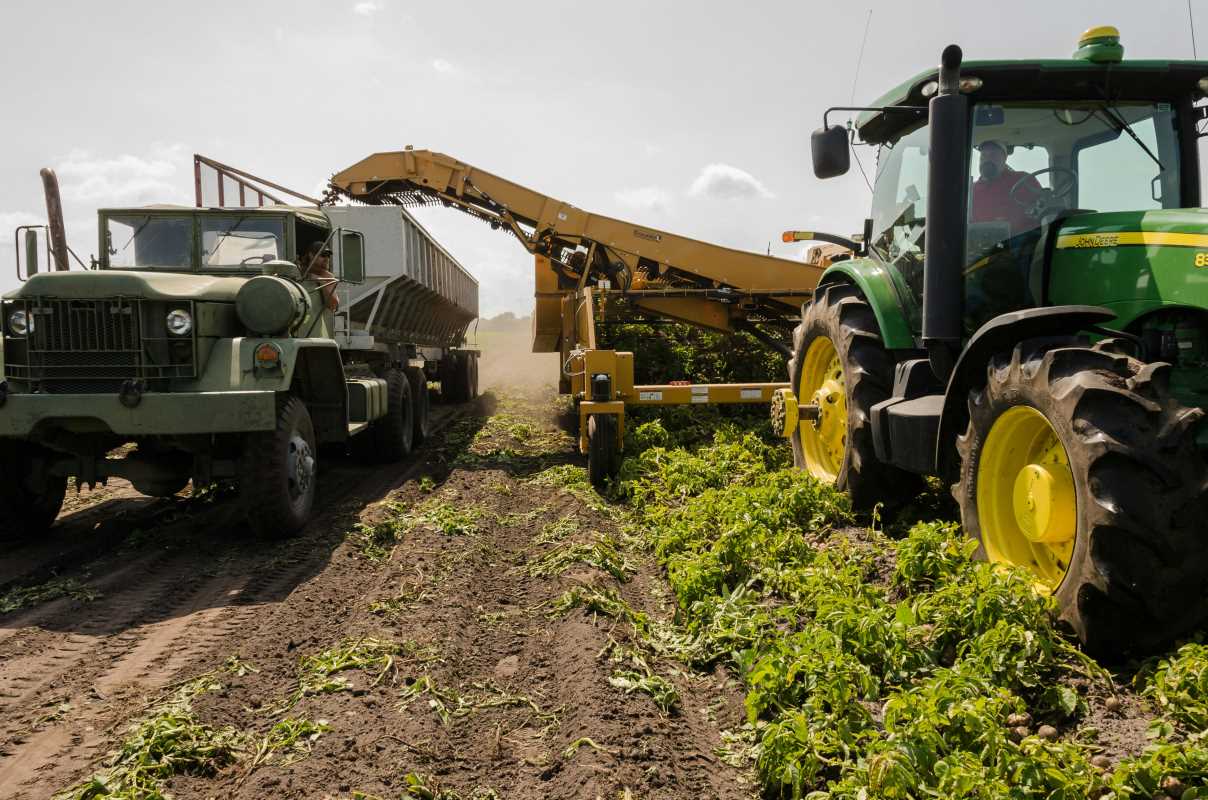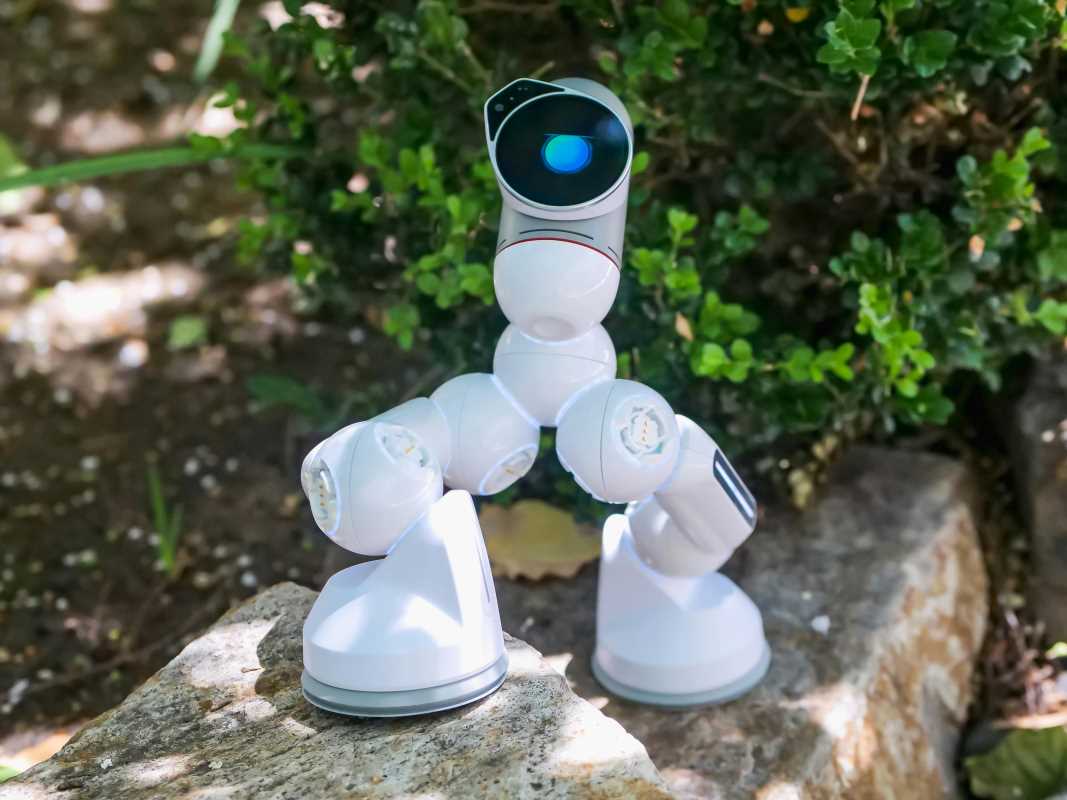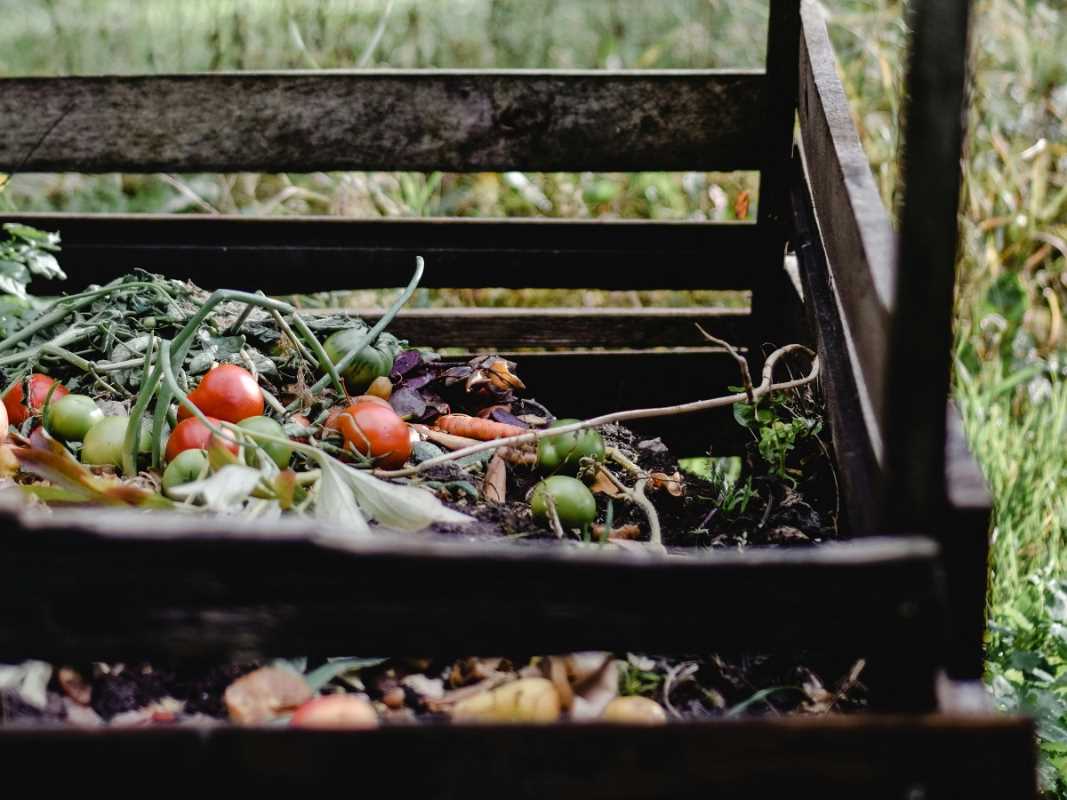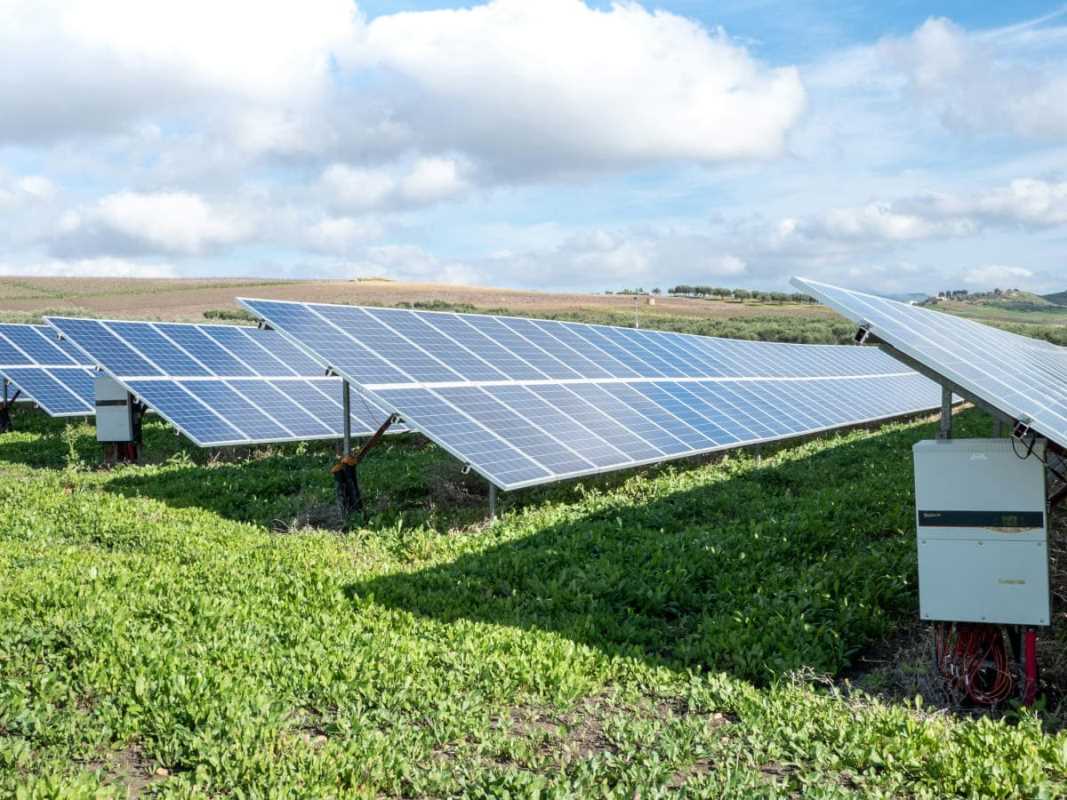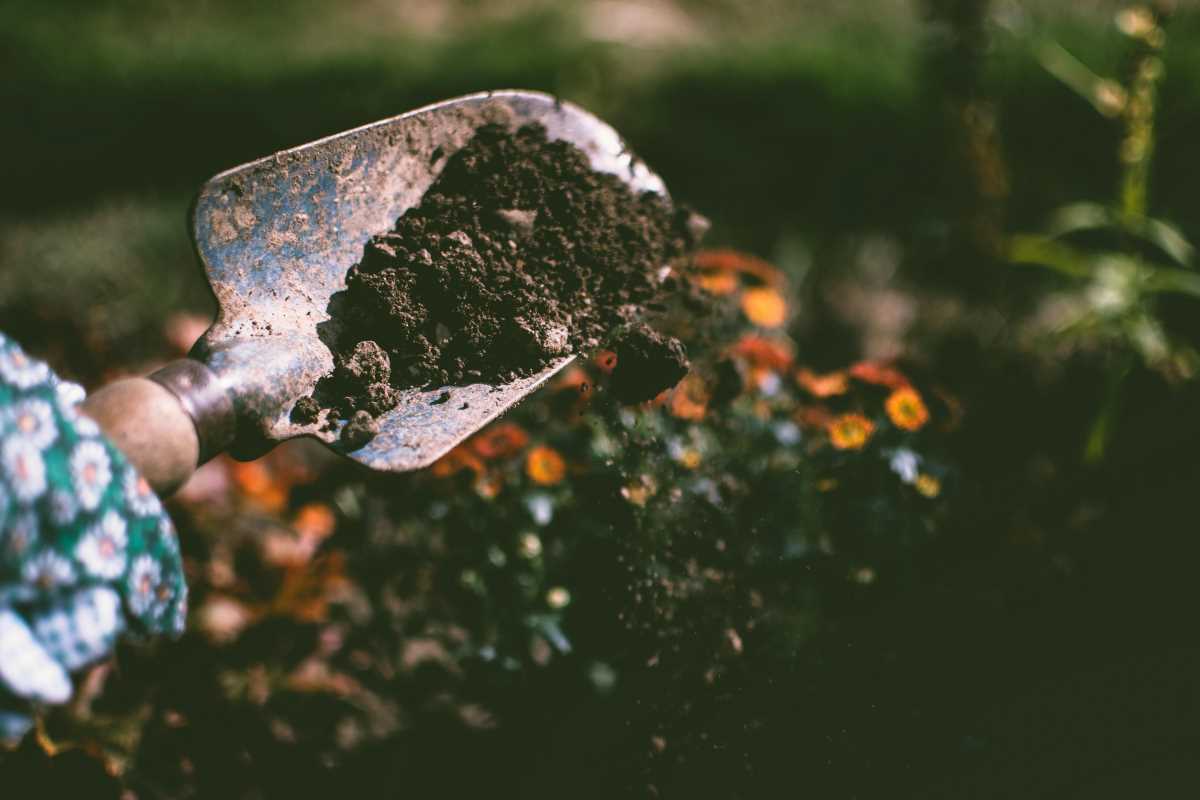Many spacious backyards present an excellent opportunity to grow your own food while conserving water. Aquaponics brings together fish keeping and gardening in a single, efficient system, recycling both water and nutrients so nothing goes to waste. With thoughtful planning and the right selection of crops, you can enjoy a steady supply of homegrown vegetables and fish from your own property. These systems use far less water than traditional gardens, making them a smart solution when you want to protect local water resources. Start creating a backyard setup that provides fresh produce and helps you save water at the same time.
How Aquaponics System Works
- Fish Tank Setup: Choose a tank size that fits your space and stocking goals. A 200-gallon tank can support leafy greens for a family kitchen.
- Grow Bed Placement: Position beds above the tank for easy water flow. Flood-and-drain beds work well for rapid nutrient exchange.
- Water Circulation: Install a pump rated for your tank volume to cycle water every hour. Proper circulation prevents dead zones and enhances oxygen levels.
- Filtration Stage: Add a mechanical filter or settling chamber to trap solids before water reaches plant roots. This step reduces clogging and boosts plant health.
- Fish Species Selection: Opt for hardy species like tilapia or perch. They tolerate temperature swings common in rural settings.
Each of these steps sets the stage for a balanced ecosystem. For example, a pump that cycles ten times per day can lower ammonia spikes by 30%. Careful planning at this stage simplifies maintenance later.
Water Conservation Tips
- Rainwater Harvesting: Fit gutters and barrels to capture roof runoff. You can offset up to 40% of your water needs during wet seasons.
- Cover Grow Beds: Use mesh lids to reduce evaporation by 20–25%. Keep pests out and maintain steady humidity.
- Adjust Feed Rates: Overfeeding fish creates waste and forces more frequent flushes. Match feed to fish size and behavior.
- Looped Plumbing Layouts: Short pipes and gentle bends cut pump energy use. Save up to 15% in electricity while preserving flow.
- Monitor pH Levels: Keep water pH between 6.8 and 7.2. Locks on micronutrients fail outside this range, prompting extra water exchanges.
Pairing tactics like rainwater capture and bed covers can cut overall water consumption in half. Tracking daily levels helps you spot leaks before they drain your reserves.
How to Improve Nutrient Cycling and Filtration
Good filtration keeps fish healthy and plants nourished. Mechanical filters catch solids. Biofilters host bacteria that convert ammonia into nitrate. Nitrate then fuels rapid plant growth.
First, size your biofilter to handle twice the expected ammonia load. For example, a 100-gallon tank with 50 fish needs at least 200 square feet of bio-media. Next, stir the media gently on startup to remove trapped air and speed bacterial colonization.
Select and Manage Crops for Best Results
Leafy greens like lettuce, spinach and watercress grow well in aquaponics. They develop quickly, so you replenish beds every 4–6 weeks. Basil and mint also perform well, especially in warm months.
For denser plantings, use wide-row spacing: 8 inches apart for lettuce, 4 inches for herbs. This increases yields by 20%. Rotate beds between cycles to prevent nutrient imbalances.
Fruit-bearing crops such as tomatoes and peppers need careful monitoring. They use more water and require stable temperatures. Plant dwarf varieties to fit in grow beds without shading neighbors.
Test electrical conductivity (EC) weekly. Aim for 1.2–1.8 mS/cm for greens and 2.0–2.5 mS/cm for fruiting plants. This simple check helps prevent stunted growth and keeps harvests consistent.
System Maintenance and Troubleshooting
Daily checks help you catch issues early. Watch for fish gasping at the surface—often a sign of low oxygen or high ammonia. Fix these problems with partial water changes or aeration stones.
Clean mechanical filters every 3–5 days. Rinse media in a bucket of system water to keep nitrifying bacteria alive. Replace worn pump impellers and seals once a year to avoid breakdowns during hot summer months.
If you notice yellowing leaves, test for pH drift. Sudden drops to 6.0 block iron uptake. Add chelated iron once a month to prevent deficiency. Check pumps, filters and plumbing lines for clogs that limit flow.
Keep logs of water temperature, pH and feed rates. Using a spreadsheet can help you recognize patterns—like seasonal dips in fish appetite—that you can fix by adjusting tank heaters or shading cloth.
Scaling up to a small commercial setup requires doubling filter capacity and adding backup power. A generator or solar battery bank guarantees your pumps run during outages. These steps protect your investment and keep cycles healthy.
Properly designed and maintained aquaponics systems provide fresh vegetables and fish year-round while conserving water. They create reliable food sources in rural areas and help withstand droughts.
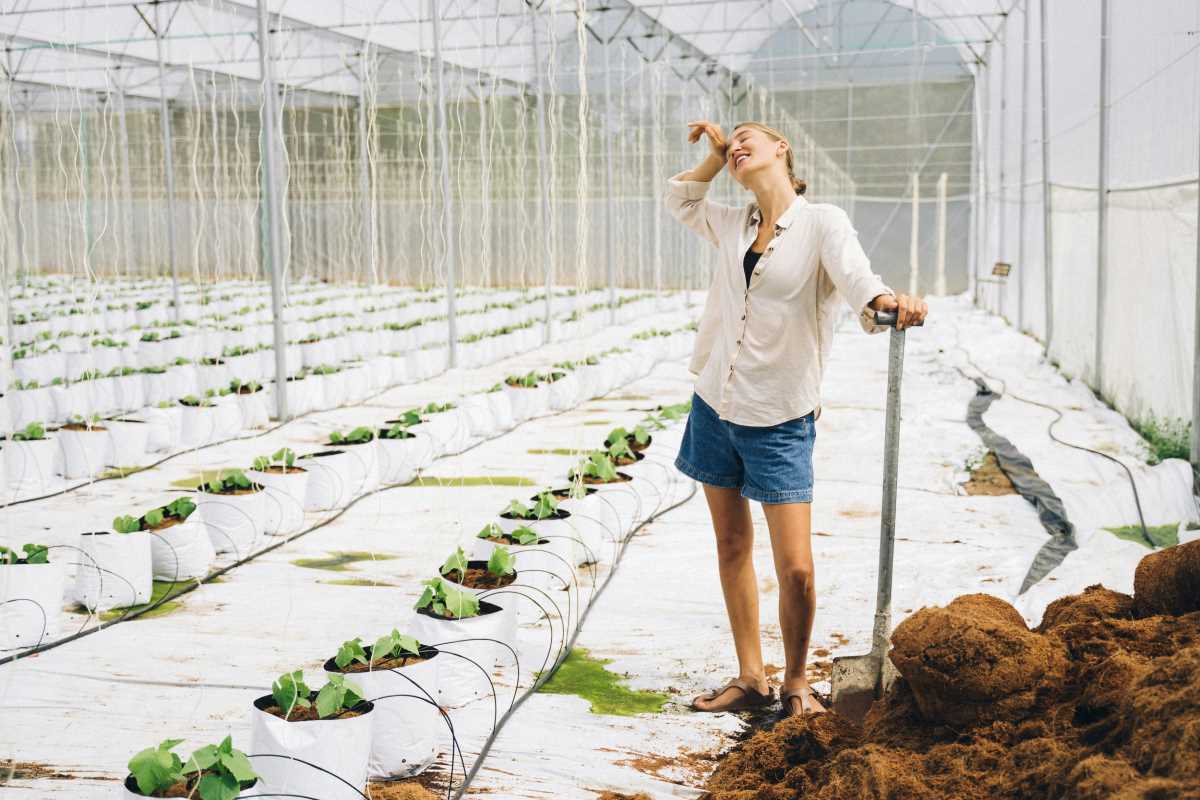 (Image via
(Image via